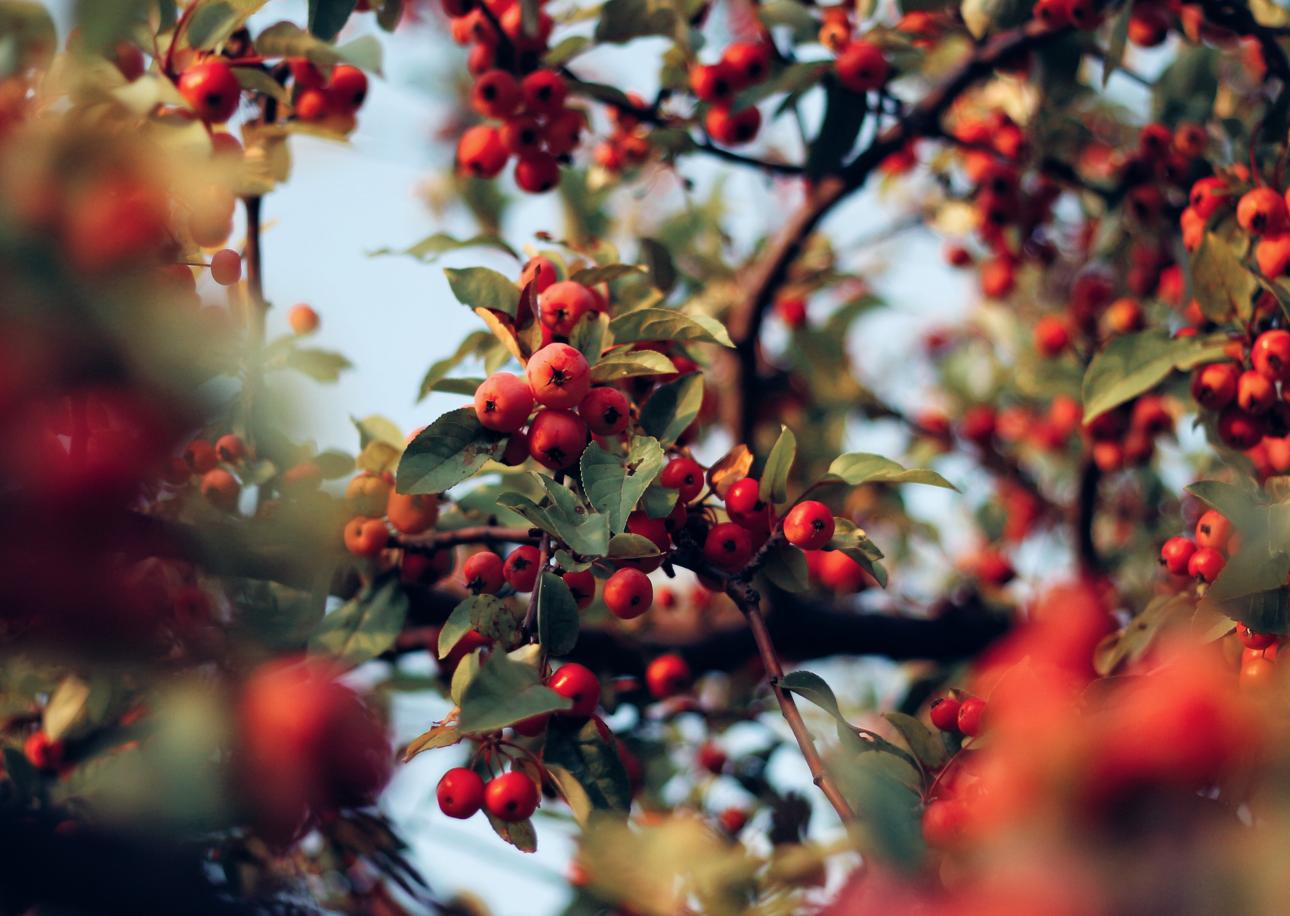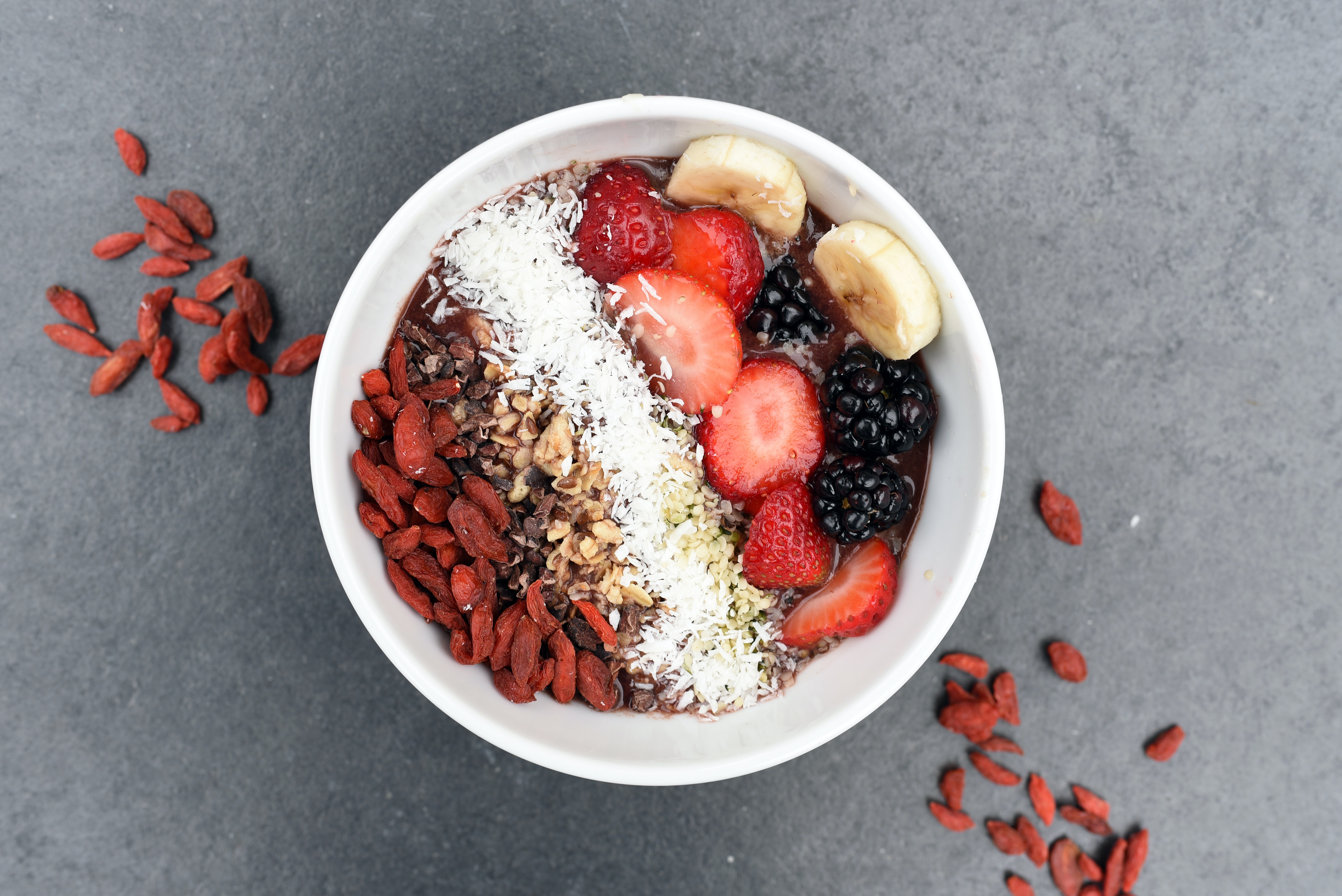The Red Envelope: Billkin and PP Krit’s Take on a Love Story Beyond the Grave
In a cinematic landscape saturated with remakes, reboots and sequels, you might ...

We grew up seeing goji berries in double-boiled soups and Asian desserts. But today, Asia’s original superfood has found its way into acai bowls, smoothies, and salads. The goji berry—or wolfberry as it’s known in China—has garnered quite a bit of attention over the last decade, despite being tiny. But size is irrelevant when it comes to this fruit, as it packs a nutritional punch more potent than other favourites in the berry posse.
Nestled in the upper reaches of North-West China, the Ningxia region has been growing Asia’s most sought-after superfoods for centuries. On the banks of the Yellow River, at the foothills of the mist-shrouded Liupan Mountains, this tiny berry has been referred to as the ‘red diamond’ and thought to possess anti-ageing powers.

So why’s everyone crazy for Goji?
Goji isn’t just good for making your smoothie bowl Instagram-worthy. It’s a great addition to mid-afternoon snacks and road trail mixes because it’s low in calories, fat-free, and high in fibre. With carotenoids like beta-carotene, zeaxanthin, and lutein, the superfood can also fight free radicals. Aside from that, one-fourth of a cup of goji berries fulfills 340 percent of your daily vitamin A intake and about half your daily vitamin C requirement.
A plant-based powerhouse
Goji berries contain complete proteins, which is great news for anyone following a plant-based diet. They contain 18 amino acids, including all nine essential amino acids. Your body needs complete proteins to carry out its metabolic functions, but proteins are uncommon in plant-based foods. Goji berries, like all nutritious foods, aren’t a cure-all—despite what a fast Google search might lead you to assume. They’re a nutritional powerhouse, but they’re only one tool in your plant-based toolkit.
Packed with antioxidants
Antioxidants are chemicals that can help slow down or prevent free radical damage to cells. Goji berries have a high concentration of antioxidants, particularly zeaxanthin, which is responsible for their vibrant red hue. Although antioxidants are excellent for your whole body, preliminary research suggests that zeaxanthin is especially good for your eyes, perhaps even lowering the incidence of age-related macular degeneration and lowering the risk of cataracts.
They can improve fertility
Goji, baby, go! Goji berries have been used as a fertility aid for ages, and have a long therapeutic history. Goji berries have been shown in recent research to boost a person’s sexual capacity, sperm count, and hormone function. In fact, some people prefer to utilize goji berries instead of erectile dysfunction drugs like viagra because they are such a well-known reproductive enhancer.
The beauty of Goji berries
Goji’s capacity to “benefit complexion and retain one’s beauty” is another well-known and well-documented traditional attribute; Goji is also thought to have anti-ageing effects. To drug-obsessed American scientists, this is clearly absurd. Goji fruit, on the other hand, has been shown in various studies to have a variety of beneficial effects, including antioxidant, immuno-potentiating, antimutagenic, hypoglycaemic, hypolipemic, hypotensive, and other effects, all of which contribute to slowing down the ageing process or helping us live longer.
So, what are your thoughts? Do you think goji berries are deserving of their status as a superfood? We adore them, and believe that having them in your pantry is a wise and healthy decision.
In a cinematic landscape saturated with remakes, reboots and sequels, you might ...
These top 5 barber shops in Bangkok are where gentlemen can elevate ...
While traditional TV shows are serving us endless boy-meets-girl tales. Thailand has ...
Must-have gadgets for kids in the Y2K are, predictably, making a comeback ...
Stay ahead of the curve with these three must-visit new restaurants in ...
See how Kim Steppé’s early passions, family values and entrepreneurial spirit continue ...
Wee use cookies to deliver your best experience on our website. By using our website, you consent to our cookies in accordance with our cookies policy and privacy policy